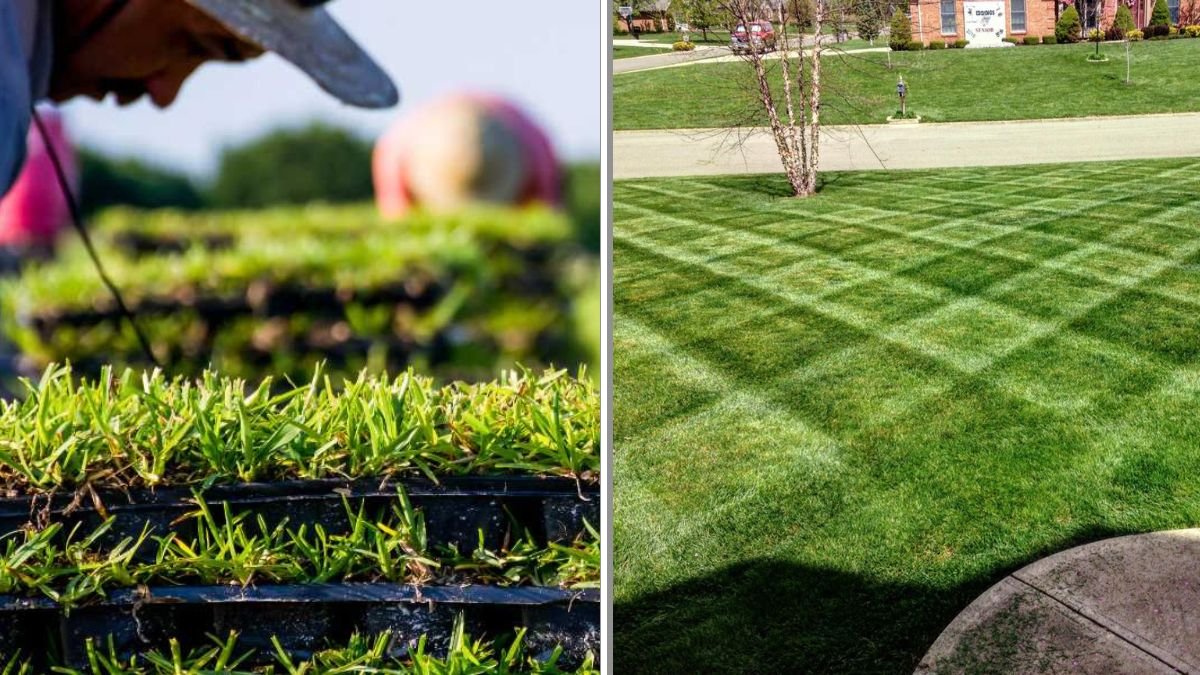A healthy, green lawn can enhance your home’s curb appeal and create a welcoming space for outdoor living. But traditional lawn care often comes at a high cost to the environment. From excessive water use to chemical fertilizers and pesticides, the conventional approach can harm soil health, pollinators, and local ecosystems.
Fortunately, you don’t have to give up a beautiful lawn to protect the planet. By adopting sustainable methods, you can enjoy a lush yard while conserving water, reducing pollution, and supporting biodiversity. Here are seven eco-friendly lawn care practices you should try—each designed to keep your lawn looking good while being kind to nature.
1. Switch to Organic Fertilizers and Natural Soil Amendments
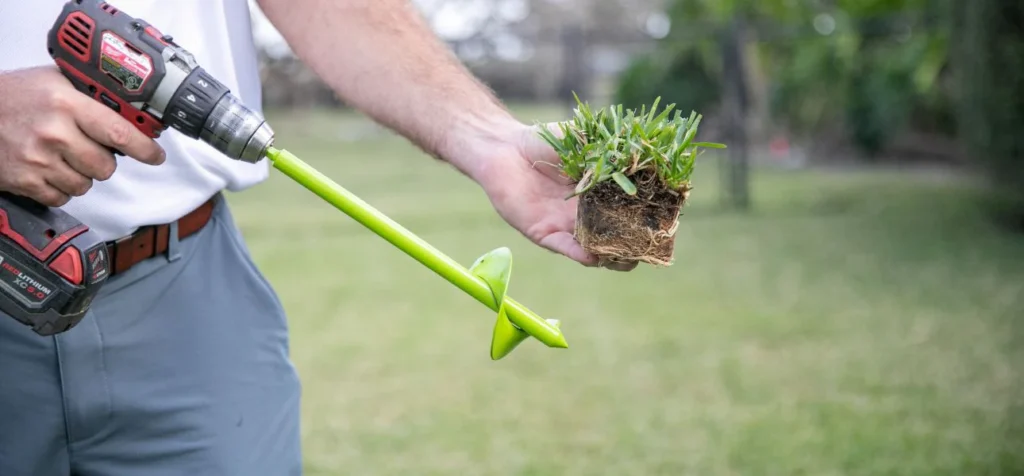
Synthetic fertilizers can cause nutrient runoff, pollute waterways, and disrupt soil ecosystems. Instead, opt for organic fertilizers and natural soil amendments that work with nature rather than against it.
- Compost: Rich in nutrients, compost improves soil structure, increases water retention, and promotes beneficial microbes.
- Organic lawn fertilizers: Derived from natural sources like bone meal, feather meal, or kelp, these release nutrients slowly and sustainably.
- Grass clippings and mulched leaves: Leaving them on the lawn adds nitrogen naturally, reducing the need for added fertilizer.
Why it’s eco-friendly: Organic fertilizers nourish the soil, not just the grass, creating a healthier ecosystem beneath the surface.
2. Water Smarter, Not More
Overwatering is one of the most common lawn care mistakes, especially during hot months. By practicing smart irrigation, you can conserve water while keeping grass resilient.
- Water deeply and infrequently: Aim for 1 inch of water once or twice a week rather than shallow daily watering. This encourages deeper roots.
- Water early in the morning: Reduces evaporation and gives grass time to dry before night, lowering the risk of disease.
- Use rain barrels: Collecting rainwater provides a free, eco-friendly source of irrigation.
- Smart irrigation systems: Consider sprinklers with moisture sensors that adjust watering based on actual soil conditions.
Why it’s eco-friendly: Efficient watering reduces waste, conserves a precious resource, and lowers your utility bills.
3. Rethink Your Mowing Habits
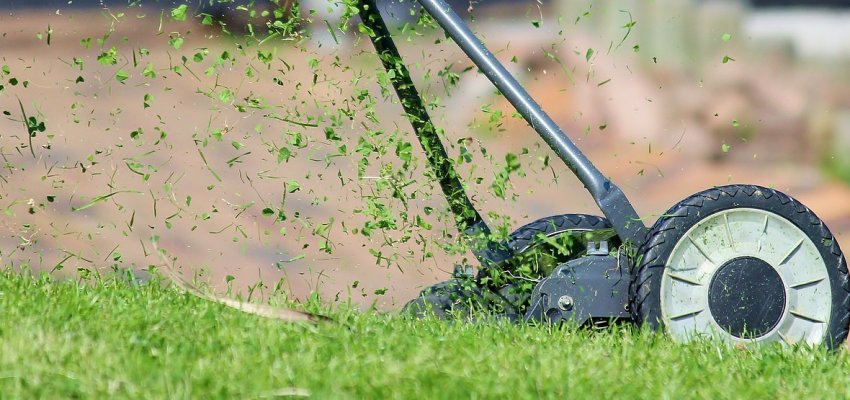
How you mow your lawn affects not just its appearance but also its health and environmental impact.
- Raise your mower blade: Keeping grass at 3–4 inches shades soil, reduces evaporation, and prevents weed growth.
- Leave grass clippings: Instead of bagging, let clippings decompose naturally, providing nutrients back to the soil.
- Use an electric or manual mower: Gas-powered mowers contribute to air pollution. Switching to battery-powered or reel mowers cuts emissions significantly.
Why it’s eco-friendly: Proper mowing practices reduce energy use, promote healthier grass, and minimize landfill waste.
4. Embrace Native and Drought-Tolerant Grasses
Not all grass species are created equal. Some require constant watering and fertilizing, while others thrive with minimal input. Choosing the right type of grass for your region is one of the most impactful eco-friendly changes you can make.
- Native grasses: Adapted to your local climate, they require less water, fertilizer, and maintenance.
- Drought-tolerant varieties: Options like buffalo grass, fine fescue, or Bermuda can withstand dry spells.
- Overseeding: If replacing your whole lawn isn’t practical, overseed with more resilient varieties to gradually improve sustainability.
Why it’s eco-friendly: Lawns suited to their environment require fewer resources, making them more sustainable long-term.
5. Reduce or Eliminate Chemical Pesticides
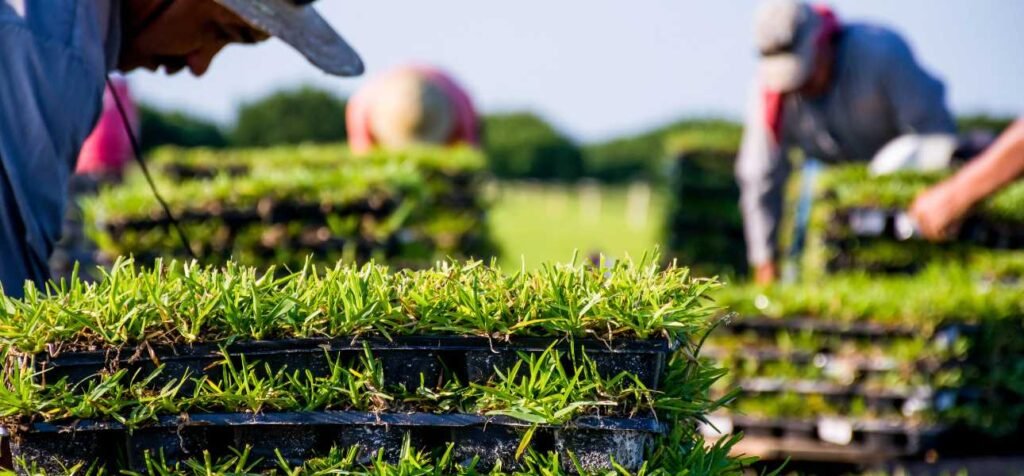
Pesticides and herbicides may control weeds and pests quickly, but they also harm beneficial insects, pollinators, and soil microbes. Overuse can even lead to resistant pests and degraded soil quality.
- Integrated Pest Management (IPM): Monitor your lawn, identify problems early, and use the least toxic solutions first.
- Natural pest control: Ladybugs, nematodes, and birds can help manage insect populations.
- Manual weed removal: Hand-pulling or using weeding tools avoids herbicide use entirely.
- Corn gluten meal: A natural pre-emergent that prevents weed seeds from germinating without harming established grass.
Why it’s eco-friendly: Reducing chemical use protects biodiversity, supports pollinators, and prevents harmful runoff into waterways.
6. Aerate and Improve Soil Health Naturally

Healthy soil is the foundation of a resilient lawn. Over time, soil can become compacted, preventing roots from accessing air, water, and nutrients.
- Core aeration: Removing small plugs of soil once or twice a year loosens compacted soil and improves water infiltration.
- Topdressing with compost: After aeration, spread compost to enrich soil life and boost fertility.
- Earthworms and microbes: Encourage soil organisms by avoiding harsh chemicals and adding organic matter regularly.
Why it’s eco-friendly: Stronger, deeper roots reduce the need for watering and fertilizing, cutting your environmental footprint.
7. Rethink the Lawn: Mix in Alternatives
A traditional monoculture lawn isn’t always the best choice for sustainability. Blending in eco-friendly alternatives can reduce resource use while adding beauty and diversity to your yard.
- Clover lawns: Low-growing clover requires less water, fertilizes itself with nitrogen, and stays green even in drought.
- Wildflower patches: Reduce mowing and provide food for bees, butterflies, and birds.
- Ground covers: Plants like creeping thyme, sedum, or ajuga thrive in areas where grass struggles.
- Reduced lawn size: Replace some turf with native plant beds, trees, or hardscaping for a more balanced, low-maintenance yard.
Why it’s eco-friendly: Alternatives to turfgrass create resilient ecosystems, support pollinators, and reduce water and chemical needs.
Bonus Tips for Greener Lawn Care
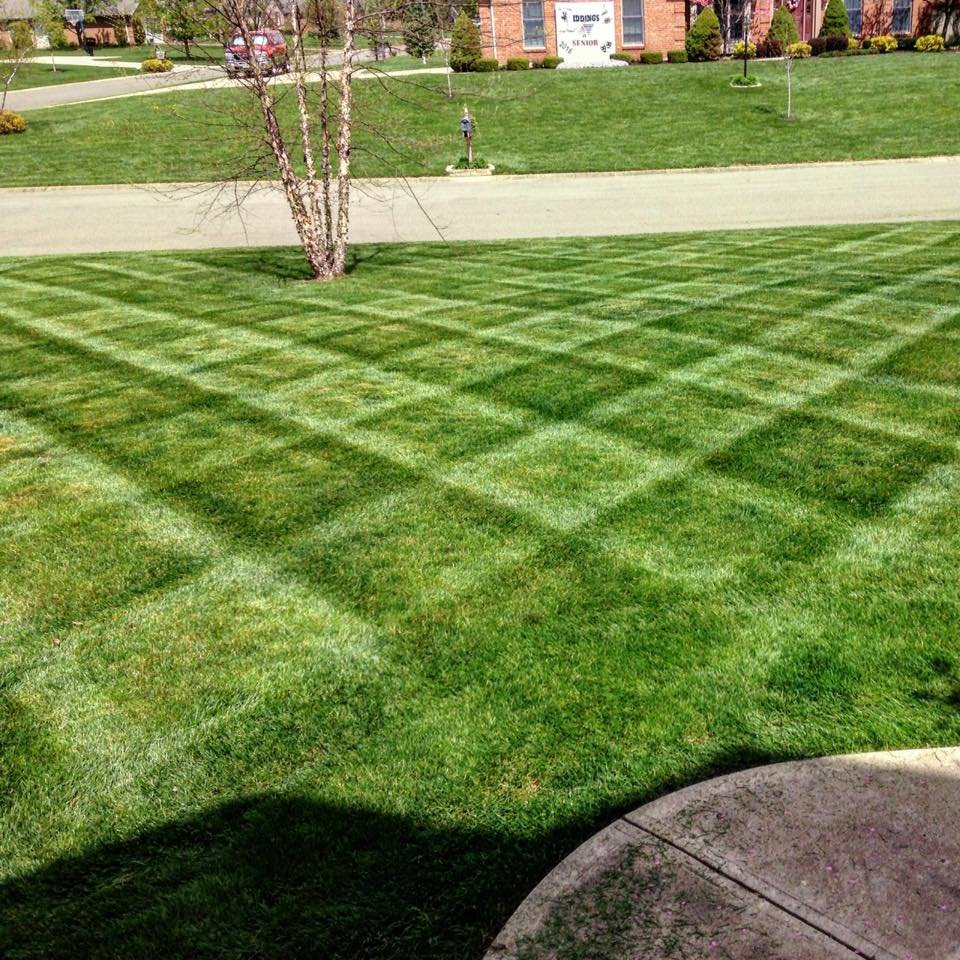
- Mulch around trees and shrubs to retain soil moisture.
- Install permeable pathways instead of concrete to reduce runoff.
- Compost yard waste instead of sending it to the landfill.
- Plan for biodiversity—a mix of grasses, clover, and wildflowers creates a more stable ecosystem.
Final Thoughts
Taking care of your lawn doesn’t have to come at the expense of the environment. By switching to organic fertilizers, watering wisely, mowing sustainably, choosing native grasses, reducing chemicals, improving soil health, and mixing in lawn alternatives, you can create a vibrant, eco-friendly yard that looks beautiful and supports local ecosystems.
Sustainable lawn care is about working with nature, not against it. With these practices, you’ll not only enjoy a lush, green lawn but also contribute to a healthier planet—one backyard at a time.
